Our Shawls & Dupattas Collection
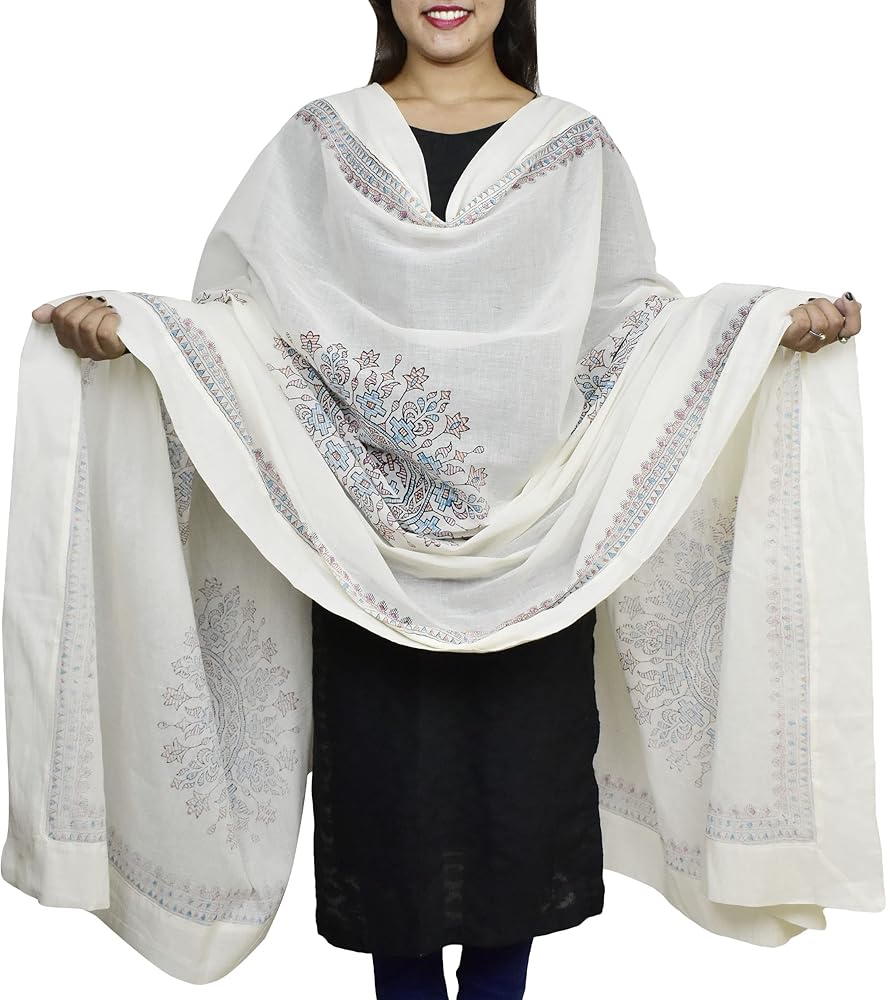 Handwoven
Handwoven
Kashmiri Embroidered Shawl
Pashmina • Sozni Work • Floral Motifs
₹8,999
*Minor variations reflect handmade nature
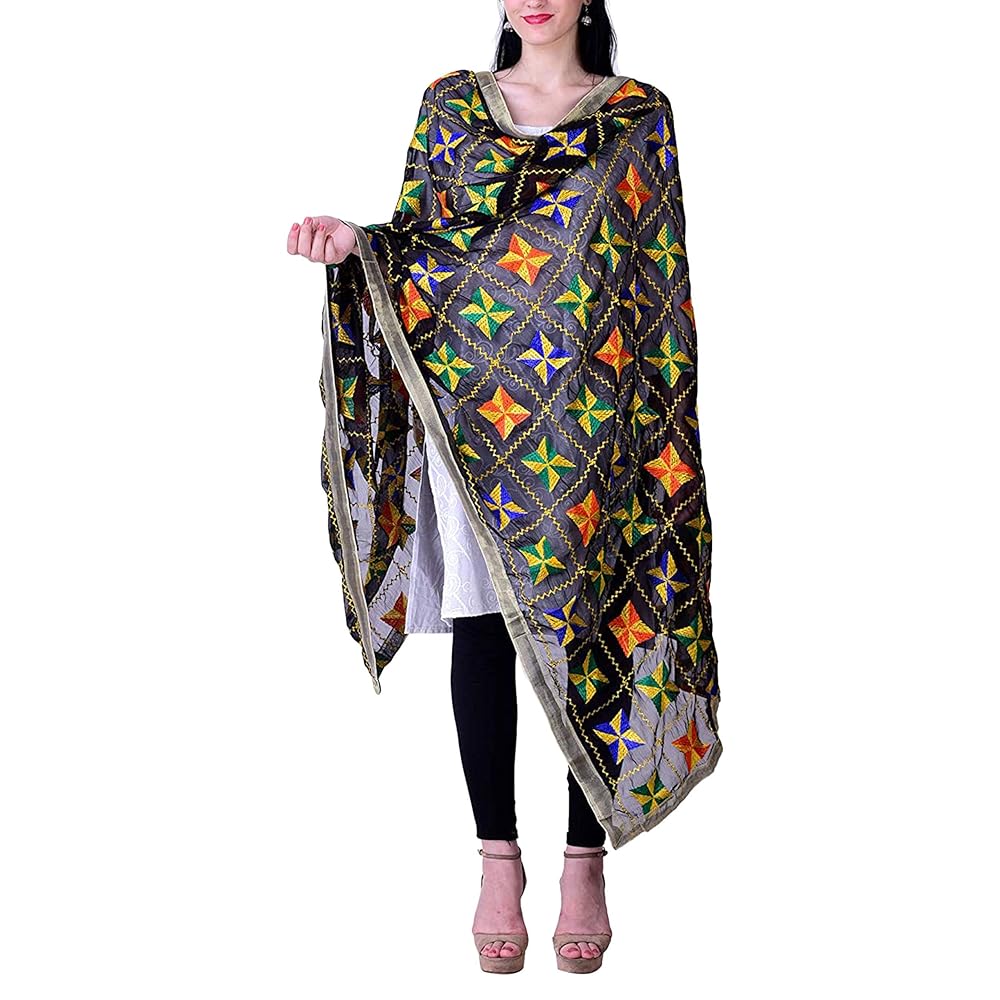 Classic
Classic
Phulkari Dupatta
Cotton • Phulkari Embroidery • Dense Florals
₹3,499
*Minor variations reflect handmade nature
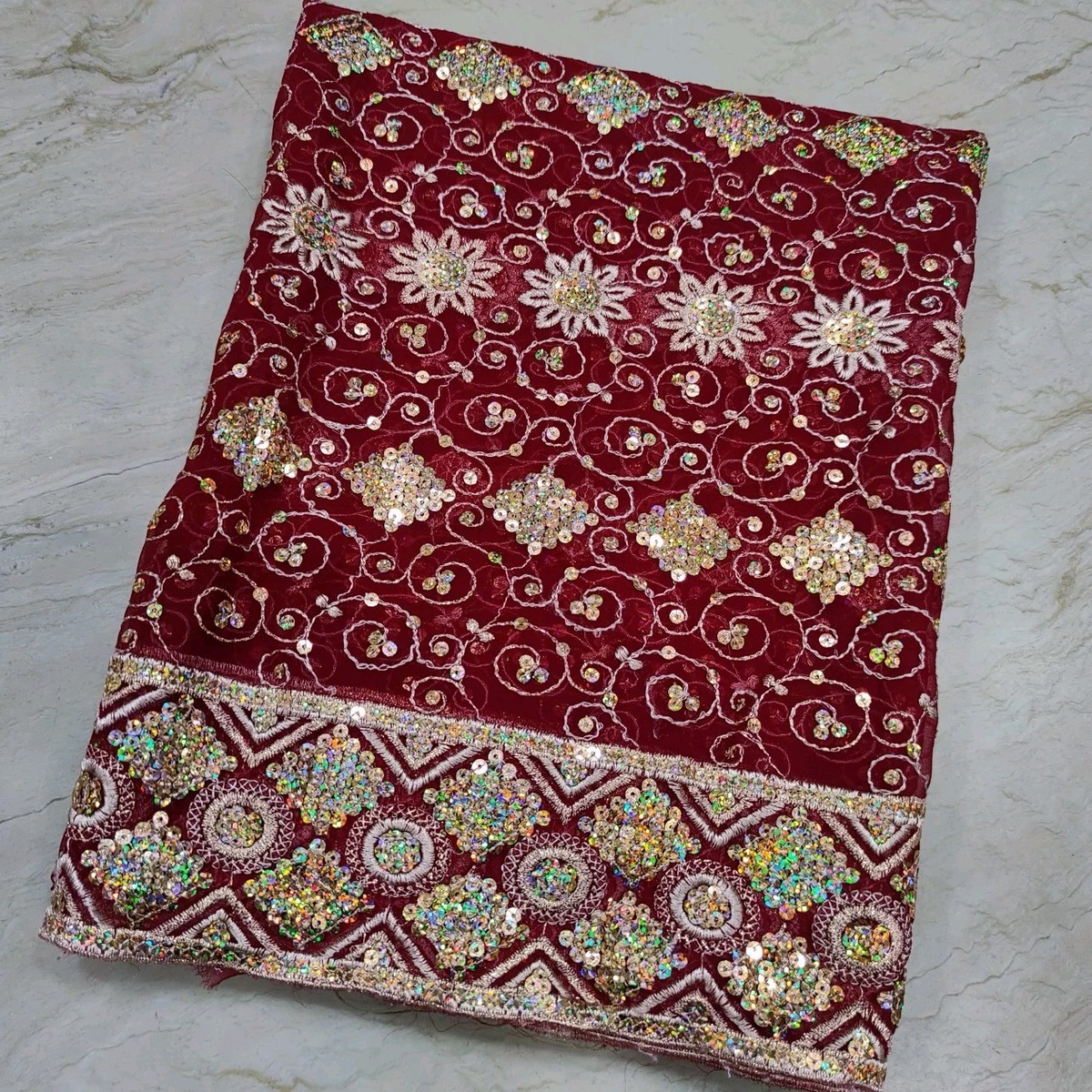 New
New
Kantha Embroidered Shawl
Cotton • Running Stitch • Folk Motifs
₹2,999
*Minor variations reflect handmade nature
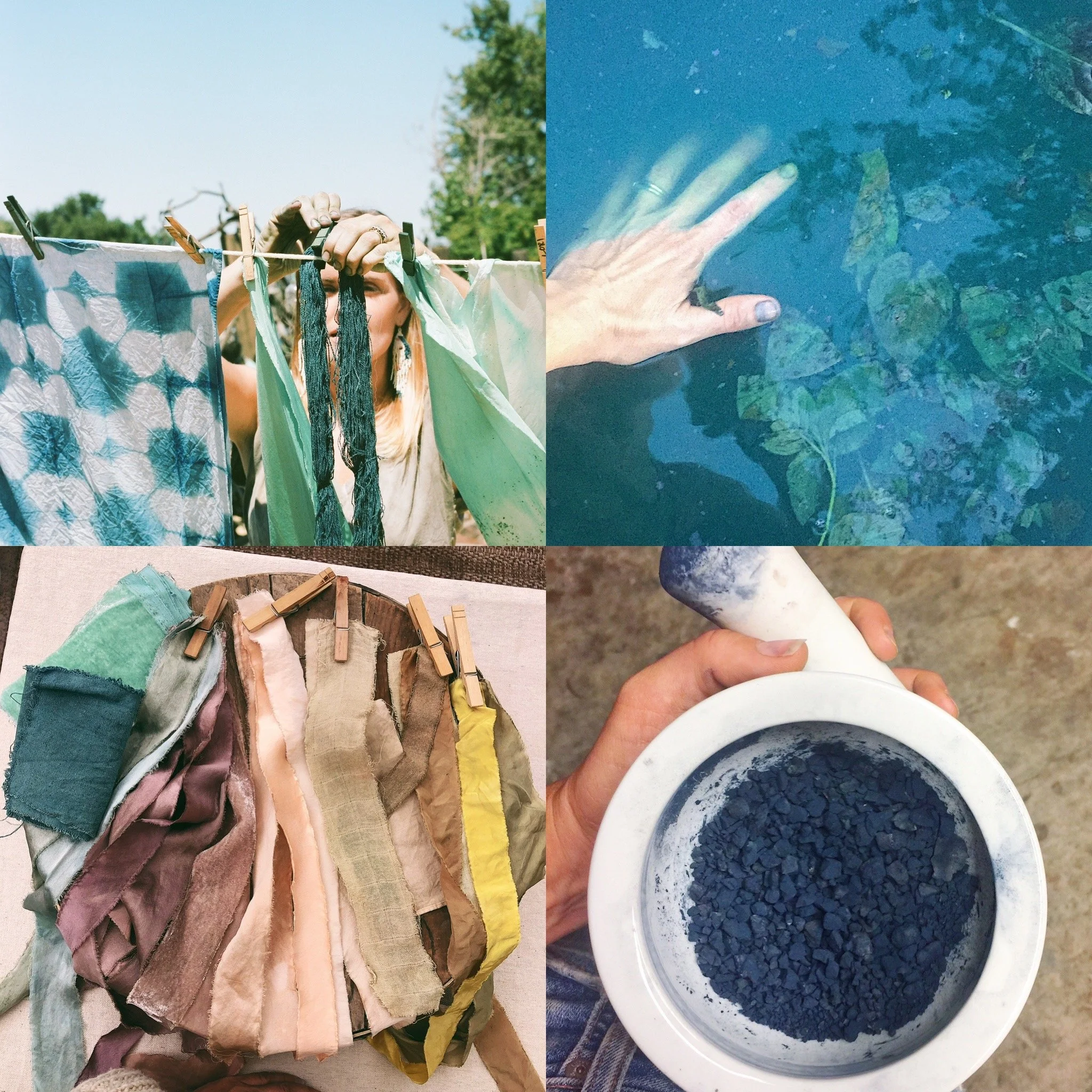 Handwoven
Handwoven
Bandhani Tie-Dye Dupatta
Cotton • Tie-Dye • Geometric Patterns
₹2,499
*Minor variations reflect handmade nature
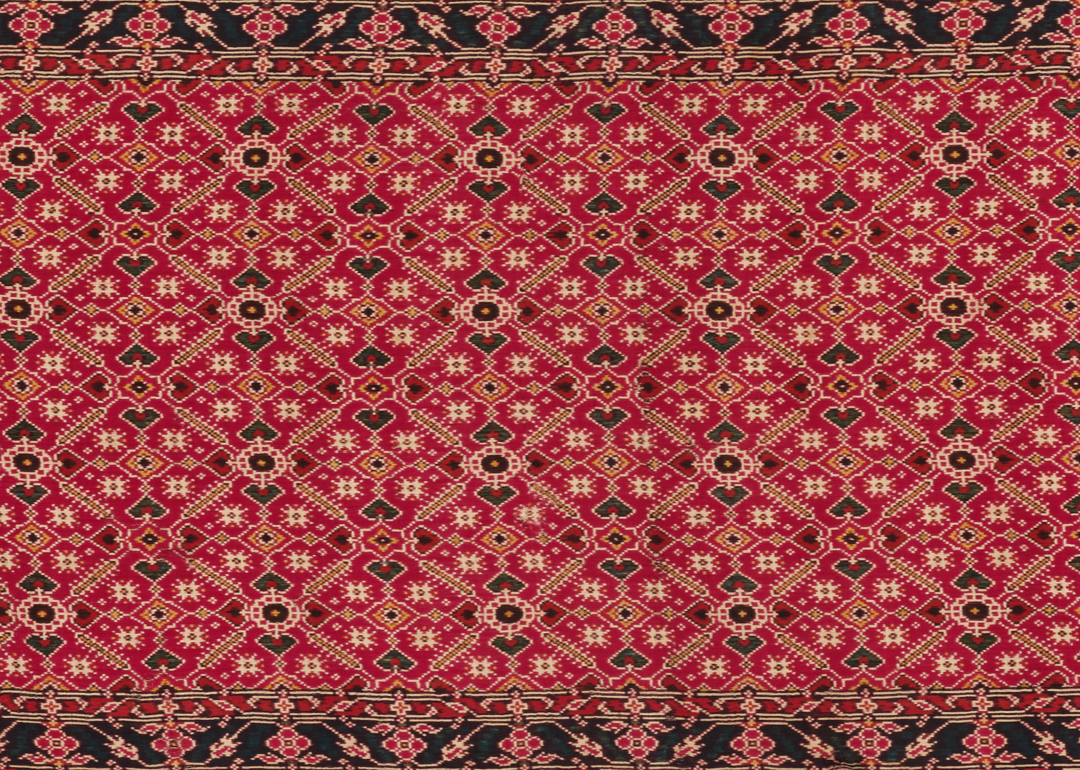 Classic
Classic
Banarasi Silk Dupatta
Silk • Brocade • Traditional Motifs
₹4,999
*Minor variations reflect handmade nature
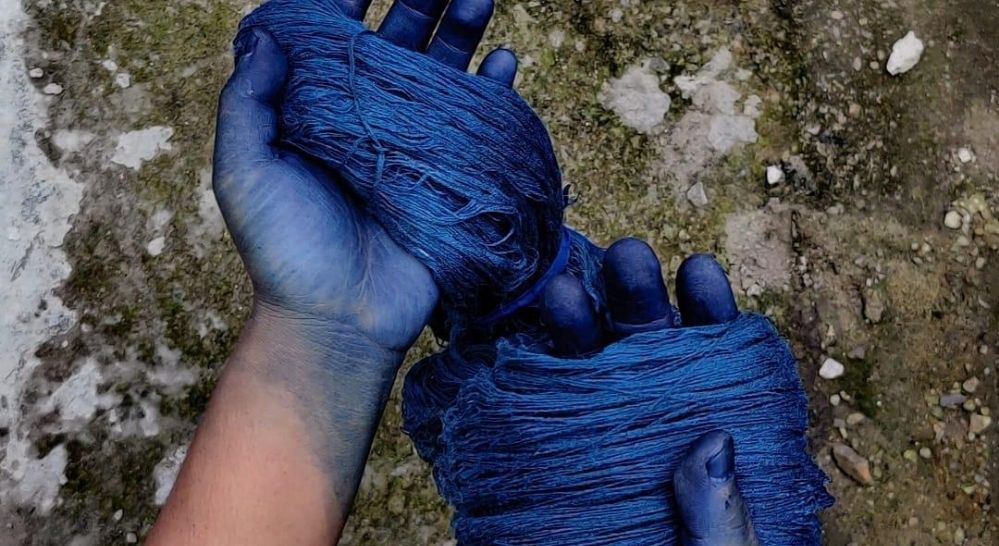 Handwoven
Handwoven
Pashmina Wool Shawl
Pashmina • Handloom • Natural Fibers
₹6,999
*Minor variations reflect handmade nature
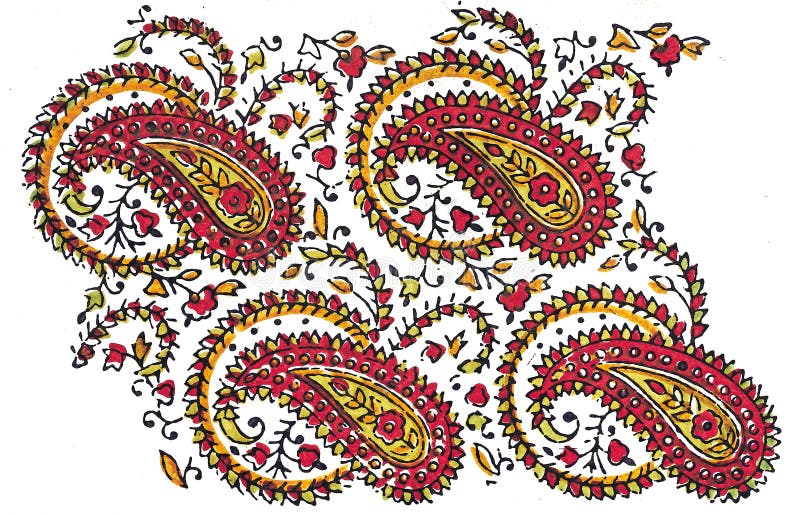 New
New
Chanderi Dupatta
Silk-Cotton • Subtle Sheen • Lightweight
₹1,999
*Minor variations reflect handmade nature
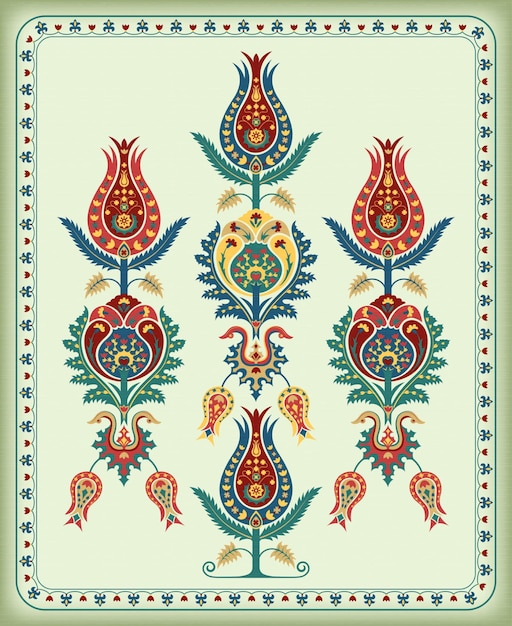 Handwoven
Handwoven
Organza Embellished Shawl
Organza • Embellished Edges • Sheer
₹3,799
*Minor variations reflect handmade nature